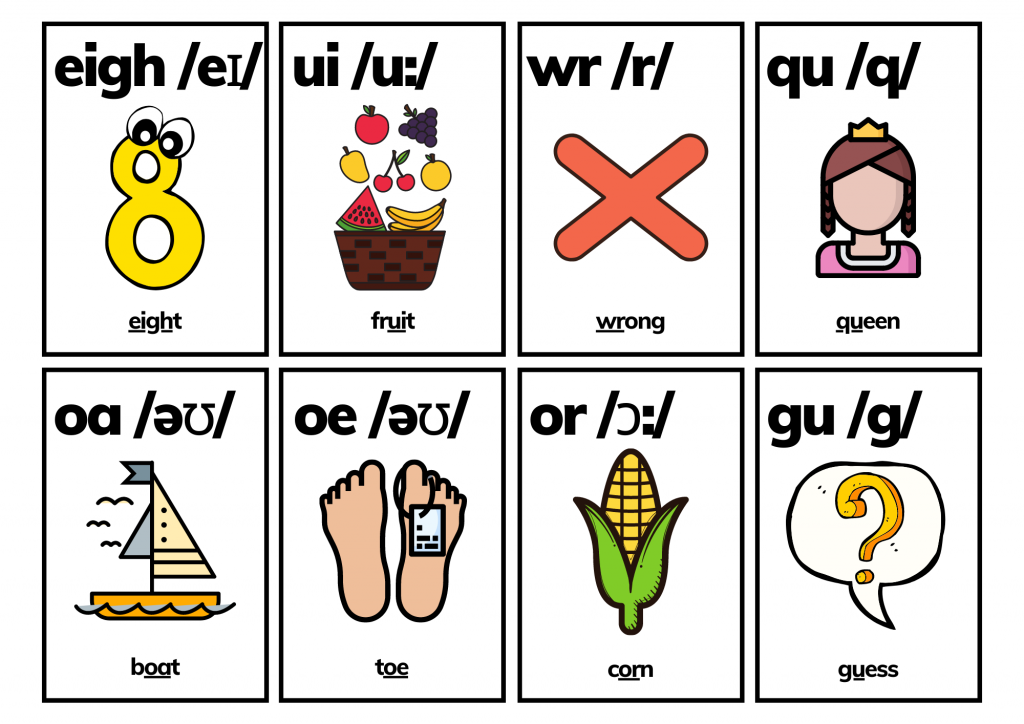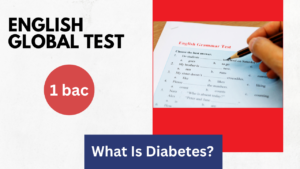
Introduction
Language is a vibrant tapestry woven with many sounds that convey meaning and emotion. Phonetic symbols serve as the key to decoding the intricacies of these sounds. In this article, “Phonetic Symbols (4)”, we will explore five captivating phonetic symbols: /uː/, /r/, /q/, /əʊ/, and /g/. So embark with us on a sonic adventure to understand the unique qualities and pronunciation of these symbols, revealing the hidden melodies of speech.
Phonetic Symbols (4): The sound /uː/
The symbol /uː/ represents the long vowel sound that we find in words like “moon“, “room” and “food.” It is often described as the “oo” sound. It resembles two parallel lines on either side of the letter ‘u.’ To produce this sound, purse your lips into a small, rounded shape while pushing the sound from the back of your throat. This sound is prevalent in various languages. It adds depth and resonance to words.
Phonetic Symbols (4): The sound /r/
The symbol /r/ represents the alveolar trill or tap sound that we find in words like “red“, “right” and “rain.” It has a distinct rolling or trilling effect produced by vibrating the tip of the tongue against the roof of the mouth. This sound varies across languages, ranging from a soft tap to a vibrant roll. The /r/ sound adds texture and character to spoken words. Its pronunciation can be a challenging, yet rewarding, skill to master.
Phonetic Symbols (4): the sound: /q/
The symbol /q/ represents the voiceless uvular plosive sound. We do not commonly find it in English. But it occurs in languages like Arabic and Hebrew. It is produced by closing the back of the tongue against the uvula, creating a brief airflow stop before releasing it. The /q/ sound adds a unique and guttural quality to words. It gives them a distinct flavor and cultural identity.
Phonetic Symbols (4): the sound /əʊ/
The symbol /əʊ/ represents the diphthong sound that we find in words like “go“, “home” and “boat.” It is a combination of the short vowel sound /ə/ (schwa) and the short vowel sound /ʊ/. To produce this sound, start with the neutral /ə/ sound and then glide smoothly into the /ʊ/ sound. This diphthong is prevalent in English and lends a melodic quality to words. It often conveys feelings of surprise or excitement.
Phonetic Symbols (4): the sound /g/
The symbol /g/ represents the voiced velar stop sound that we find in words like “go“, “get” and “big.” We produce it by closing the back of the tongue against the soft part of the roof of the mouth and then releasing it. The /g/ sound adds strength and emphasis to spoken words. It provides a solid foundation for their pronunciation.
Conclusion
Phonetic symbols like /uː/, /r/, /q/, /əʊ/, and /g/ allow us to explore and appreciate the intricate sounds that form the foundation of language. By understanding and mastering these symbols, we can enhance our communication skills, embrace the rich diversity of sounds across languages, and deepen our connection with the world around us. So, let us continue our journey of unraveling the symphony of sounds and celebrate the beauty of phonetics in all its glory.






